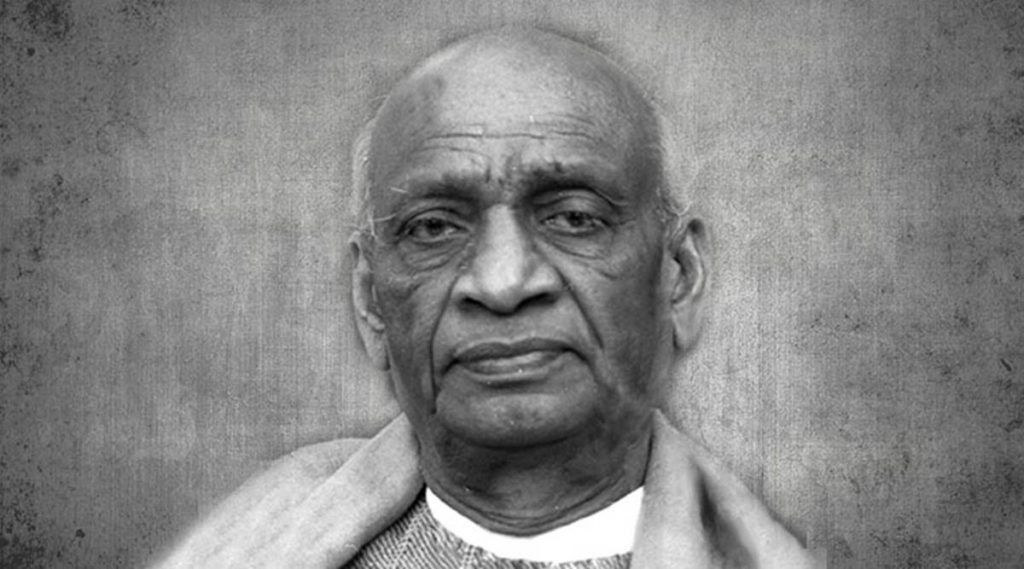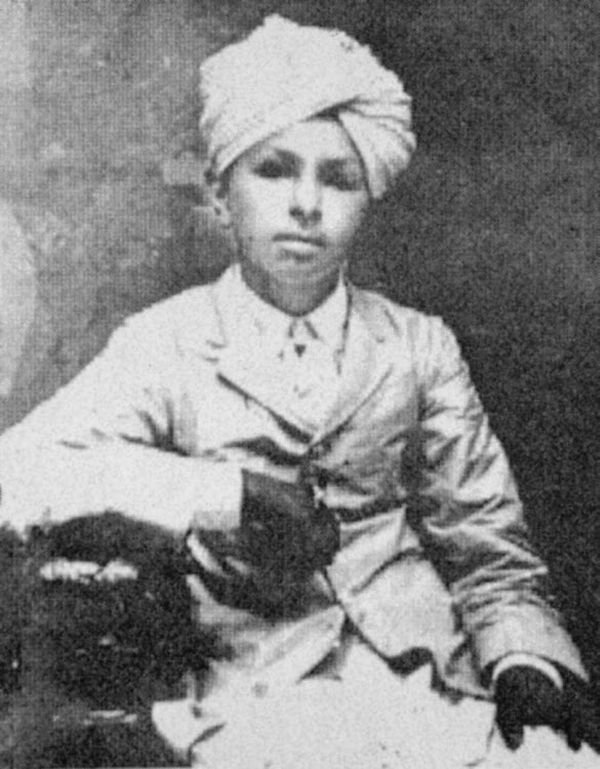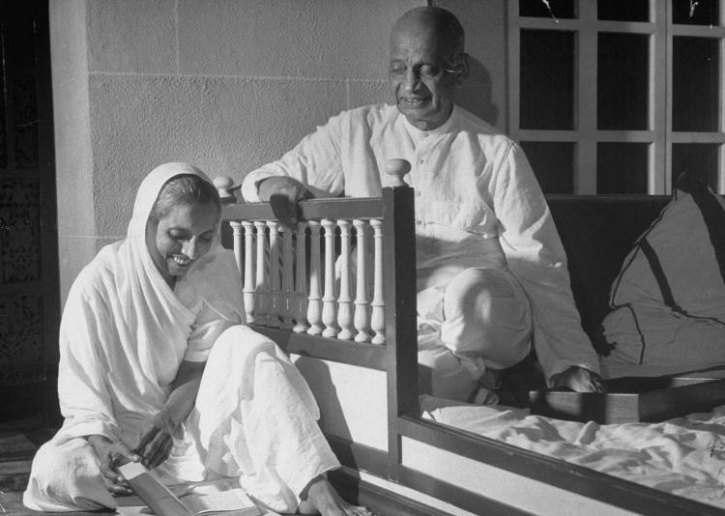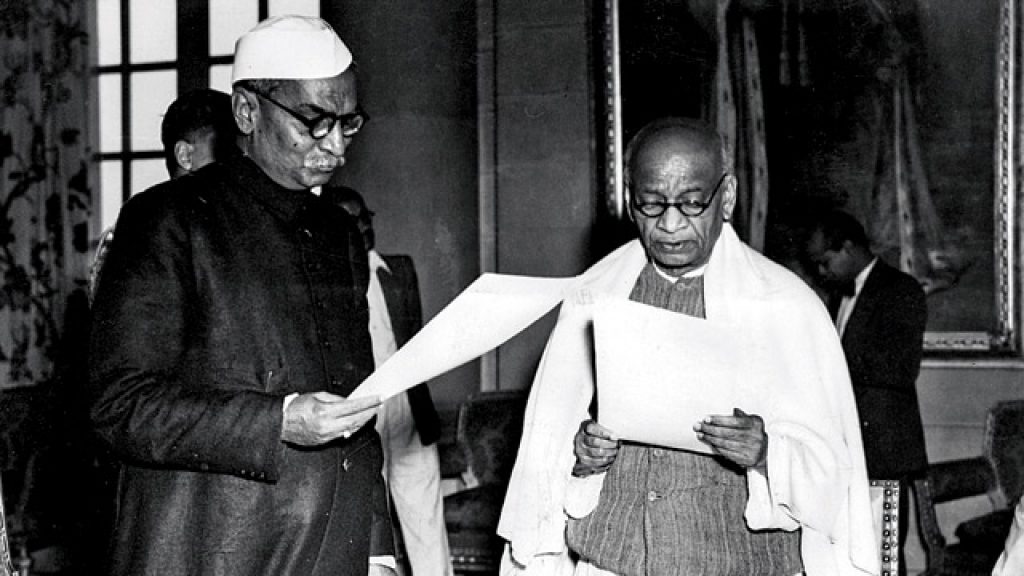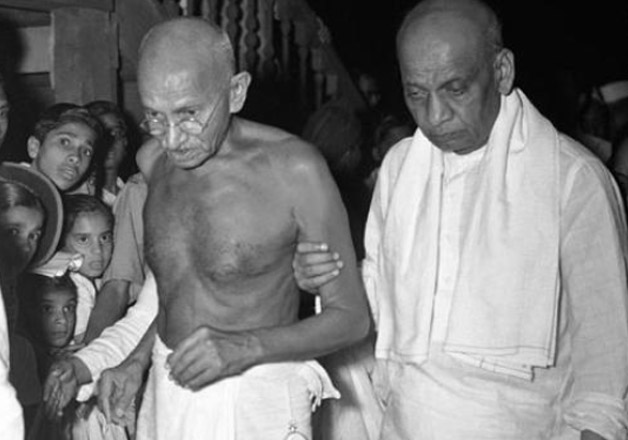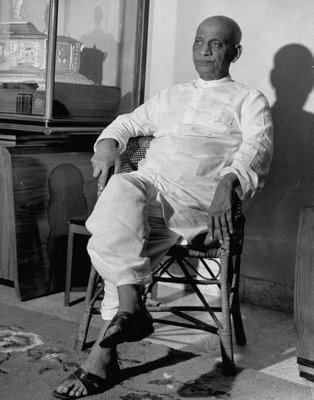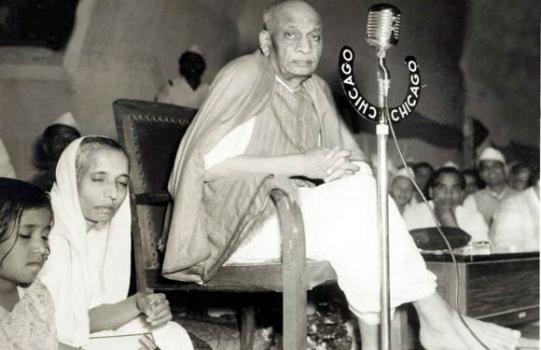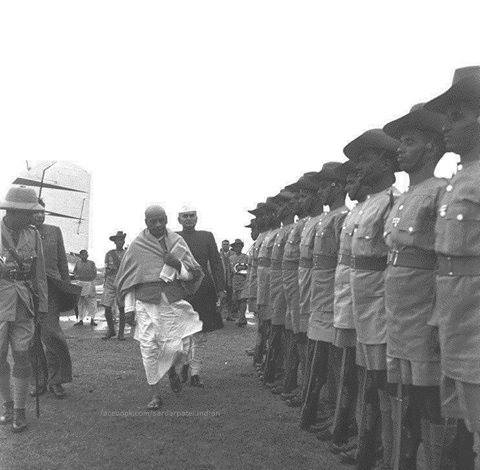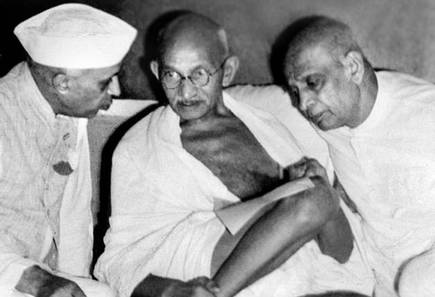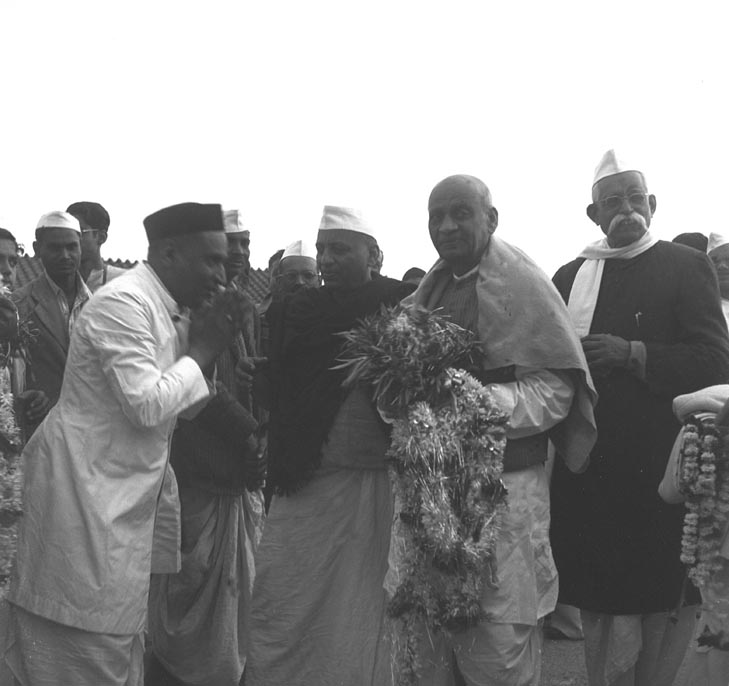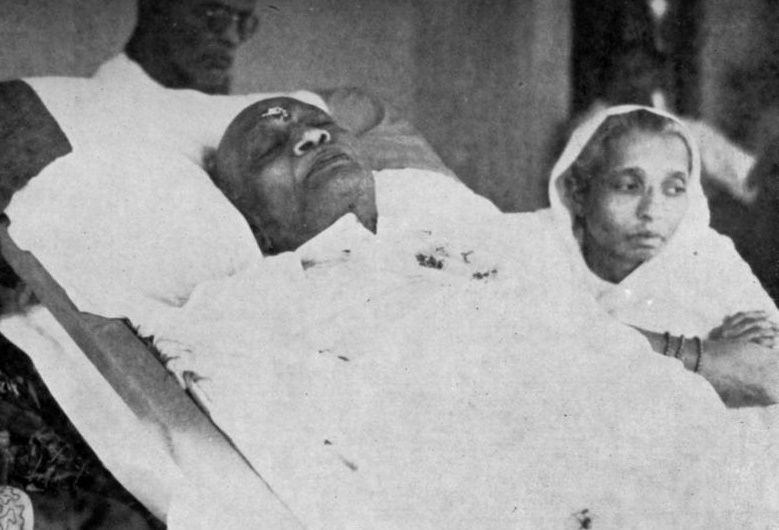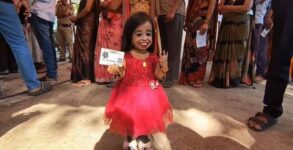Sardar Vallabhbhai Patel is a revered name in Indian politics. A lawyer and a political activist, known as the “Ironman’ of India, Patel played a leading role during the Indian Independence Movement. After independence, he was crucial in the integration of over 500 princely states into the Indian Union. He was deeply influenced by Gandhi’s ideology and principles, having worked very closely with the leader.
On the eve of the 143rd birth anniversary of Sardar Vallabhbhai Patel, we bring you a peek into his life.
1875: Early years in Gujarat
Born in Nadiad village of modern day Gujarat to Zaverbhai and Ladbai on 31st October, 1875, Patel spent his early years in Karamsad.
1890: Schooling
Patel began his schooling in Karamsad, a small village in Kheda district of Gujarat. Later travelled to attend schools in Nadiad, Petlad, Borsad.
1892: Marriage
At the age of 17, Patel got Married to Jhaverba of Gana, a village 3 miles from Karamsad. The couple had two children. In 1904, he got a baby daughter Maniben, and in 1905 his son Dahya was born.
1897: Completed matriculation
Passed matriculation in Nadiad at the age of 22.
1900: Made a name as successful criminal lawyer
Began his legal practices in Godhra and later, shifted legal practice to Borsad. He achieved rapid success as a lawyer and soon become one of the foremost criminal lawyers.
1905: Start of Barristership in England
Patel saved enough money to go to England and become a Barrister. However, gave away the opportunity to his elder brother Vitthalbhai who wished to become barrister first. 5 years later (1910), at the ge of 35, Patel after several hurdles, left for England to fulfil his dream of studying for Barristership.
Watch: A glimpse into the life of Sardar Vallabhbhai Patel
1918: Meeting Gandhi a turning point
Meeting Gandhi was a turning point in the Patel’s life. Gandhi chose Vallabhbhai as his Deputy Commander. Reflecting upon his choice of Patel to lead the Kheda Satyagraha, Ganshi Said, ‘Many were prepared to follow me, but I could not make up my mind as to who should be my deputy commander. Then I thought of Vallabhbhai.’
1923: Elected President of Ahmedabad Municipality
Elected as the President of the Ahmedabad Municipal Board, Patel took charge and revamped the drainage, sanitation, cleanliness and water distribution systems of Ahmedabad. To the astonishment of the citizens, the President of the Board, took up a broom and dust cart himself, and began cleaning the Harijan quarter of the city.
1927: Earned the title ‘Sardar’
Leading a Peasant’s protest, Patel turned the trajectory of his life toward a path of public service. He led a mass No-Tax Campaign in Kheda District after which, peasants started to call him ‘Sardar’
1930: Jailed
March – June Arrested for canvassing Gandhi’s salt Satyagraha. Because of his status, Patel was served with good diet. However, Patel held a hunger strike and requested C class diet instead of A class.
July – Rearrested in Bombay for 3 months
Dec – Arrested again for 9 months
1931: Elected President of the Indian National Congress
Just out of jail, in 1931, Patel was elected as the President of the Indian Nation Congress at the Karachi session.
1932-45: Freedom Struggle
1932: Arrested during Civil Disobedience Movement, jailed along with Gandhi
1940 – Arrested for participation in Satyagraha
1942-45: Arrested for participation in Quit India Movement
1947: First Deputy Prime Minister of Free India
Patel became the first Deputy Prime Minister as well as the first Home Minister of Independent India. He also took charge of the States Department and the Information and Broadcasting Ministry. He was responsible for the accession of 565 princely states into the Union of India.
Also read: Sardar Vallabhbhai Patel’ Statue of Unity: 10 Facts about the World’s tallest statue
1950: Death
Sardar Vallabhbhai Patel’s health started declining in 1950. Breathed his last on 15 December 1950 after suffering a massive heart attack.
1991: Bharat Ratna
Sardar Patel was posthumously conferred the Bharat Ratna, India’s highest Civilian honour, in 1991.

